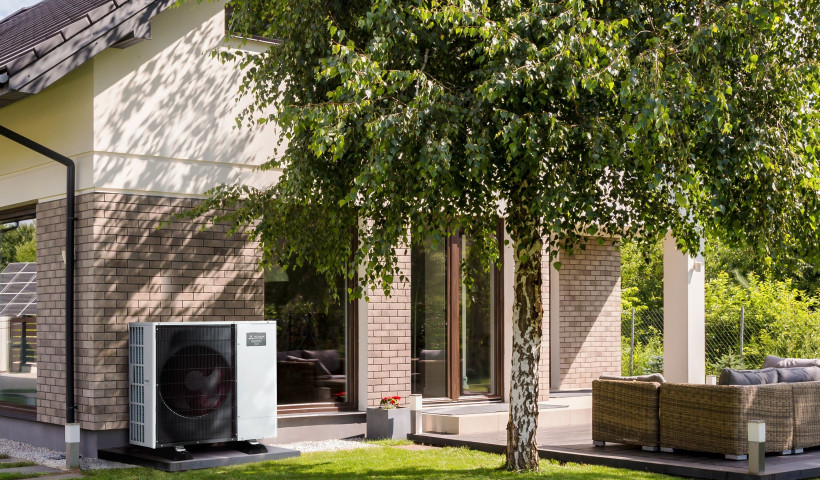
The release of the H1/VM3 building code update has mandated changes to ventilation systems – which for commercial buildings mainly affects the supply of fresh air. On the surface, this may appear as another hurdle however, there are easy ways to achieve compliance while simultaneously improving building and occupant wellbeing at the same time.
Why the Change?
HVAC can account for up to 45% of a commercial building’s energy consumption, making it a vital component to improving the level of building efficiency. Historically, filtered but untreated fresh air was introduced to commercial buildings at minimum code quantities. However, heating or cooling new fresh air uses comparatively more energy and reduces overall building efficiency - that is why a minimum supply rate is set. Yet when fresh air is limited, “sick building syndrome” can occur due to the build-up of contaminants like CO2.
Improve indoor air quality and building efficiency at the same time
The update to H1/VM3 now requires most commercial fresh air systems to have an effective energy reclaim component. This allows more fresh air to be introduced and vastly improves indoor air quality while simultaneously reducing running costs.
Energy reclaiming ventilation: Mitsubishi Electric Lossnay Systems exceed H1/VM3 efficiency requirements
Mitsubishi Electric Lossnay Fresh Air Energy Recovery Systems have been used throughout New Zealand since 1996, successfully providing commercial buildings with quiet, reliable fresh air treatment that today exceeds the H1/VM3 efficiency requirements.
The key to Lossnay is the unique heat transfer core. Through the Lossnay Core, up to 70% of the energy in the stale exhaust air is recovered and transferred to pre-warm (or cool) incoming fresh, filtered air.
For example, in winter a building that has an inside temperature of 20°C and 3°C air outside, the incoming fresh air can be warmed to over 17°C by transferring through a Lossnay Ventilation System and benefitting from the efficient energy transfer process (example shown in diagram 2 in the image carousel).
The resulting reduction in energy use and therefore operating costs by heating air from a starting temperature of 17°C instead of 3°C is substantial (see example analysis in diagram 3). The building’s air conditioning systems no longer have to work as hard to maintain desired indoor air temperatures.
This is not only realised in winter as similar savings also occur in summer when cooling. Proprietary software is available to calculate the expected savings Lossnay can achieve for a project.
H1 compliant solutions for a variety of commercial applications
The small physical size of the Mitsubishi Electric Lossnay range allows it to be implemented on a tenant-by-tenant or room-by-room basis to avoid large central plant systems. Furthermore, the range has been extended to now include a Sensible Heat Exchange model for commercial premises with high humidity areas such as restrooms, laundries, kitchens, medical centres and gyms as well as a vertical heat recovery model that allows for out-of-ceiling ventilation to cater for restricted ceiling voids often found in multi-storey buildings.
With over 8,000 units already in use, Lossnay has a substantial track record in New Zealand. For more information on Balanced-Pressure Lossnay Fresh Air Heat Recovery Ventilation or total building HVAC solutions, contact Mitsubishi Electric to discuss your project.













 New Products
New Products









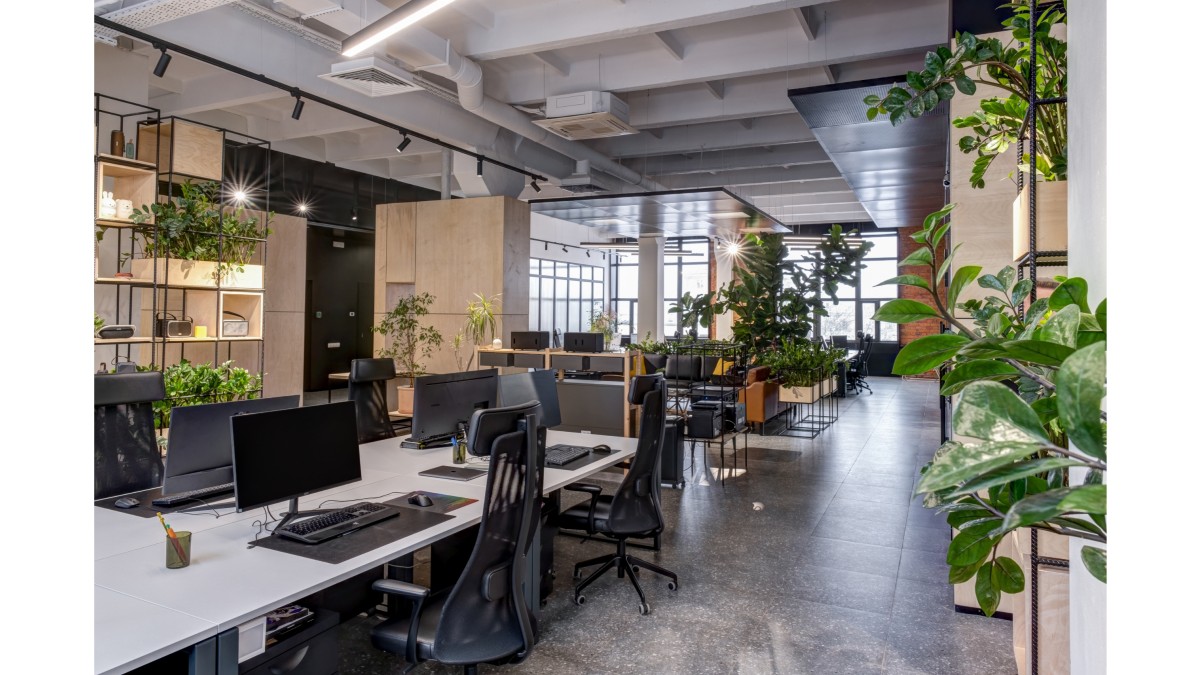

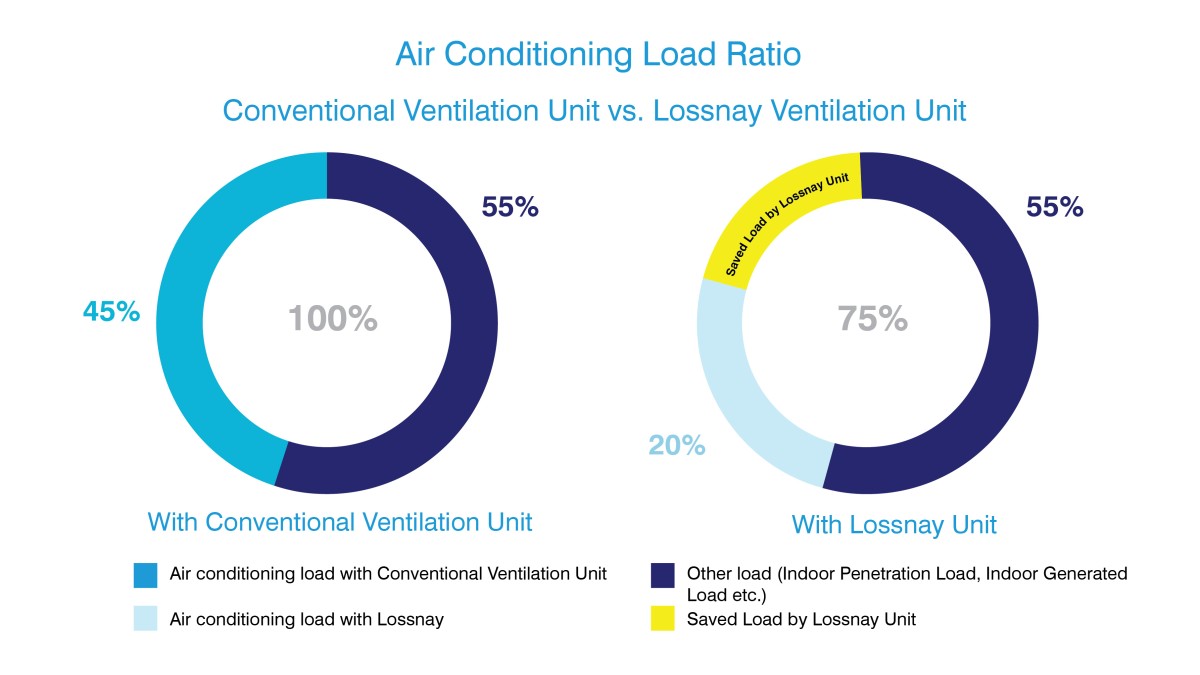
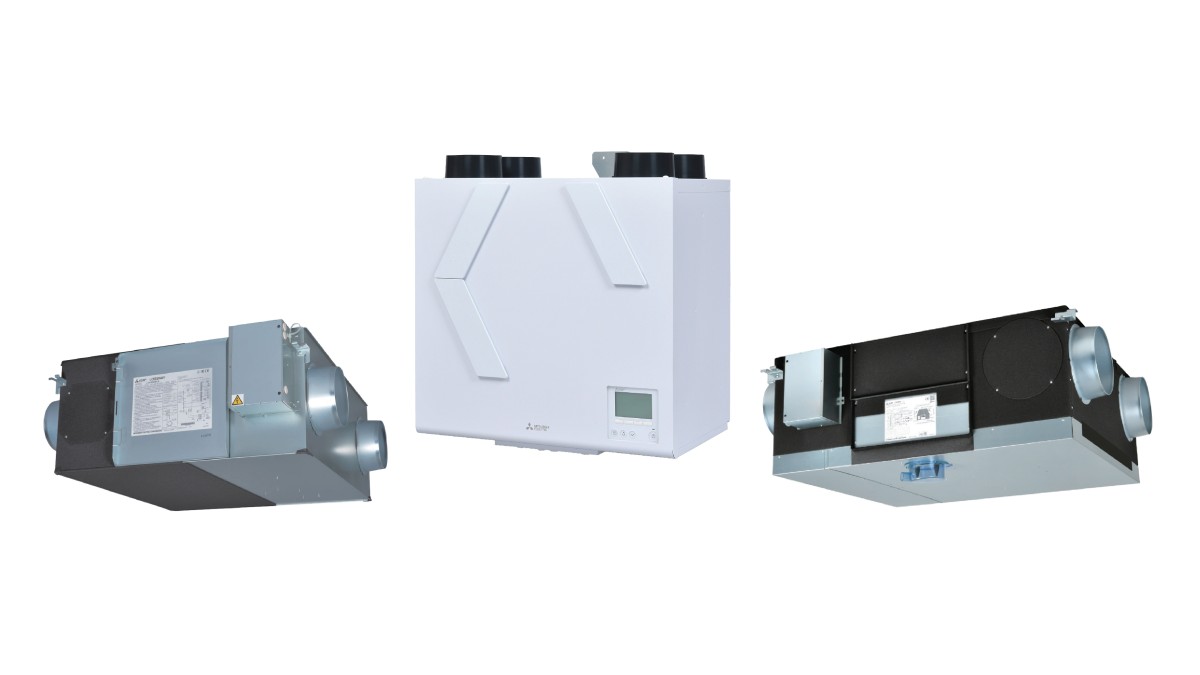


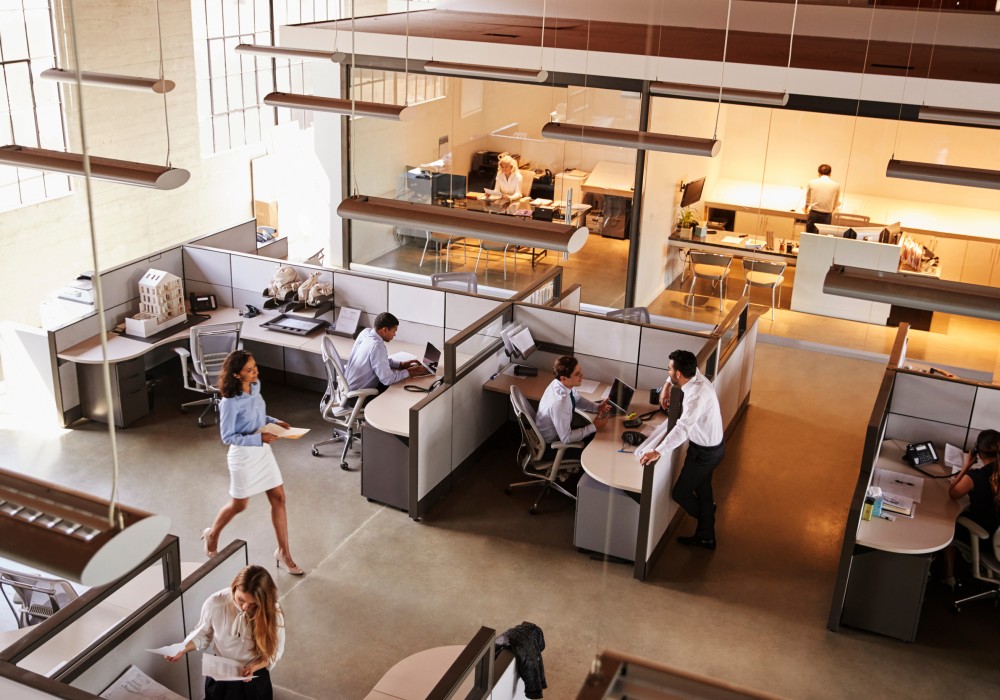


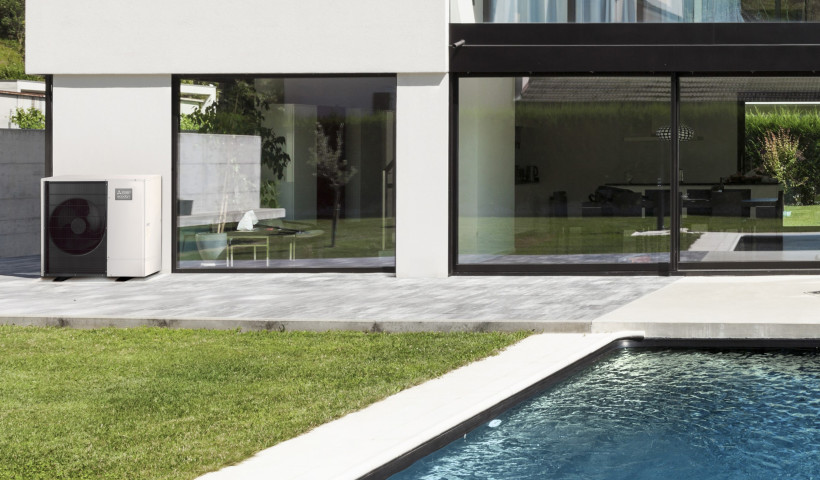
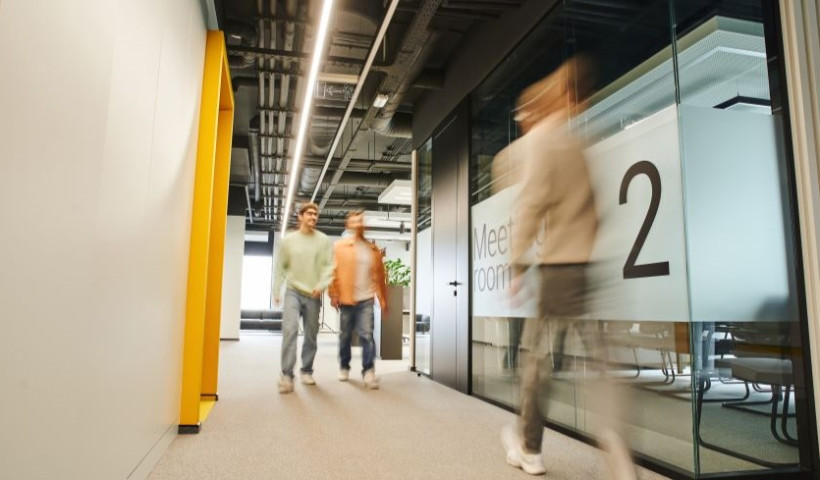
 Popular Products from Mitsubishi Electric
Popular Products from Mitsubishi Electric


 Most Popular
Most Popular


 Popular Blog Posts
Popular Blog Posts
